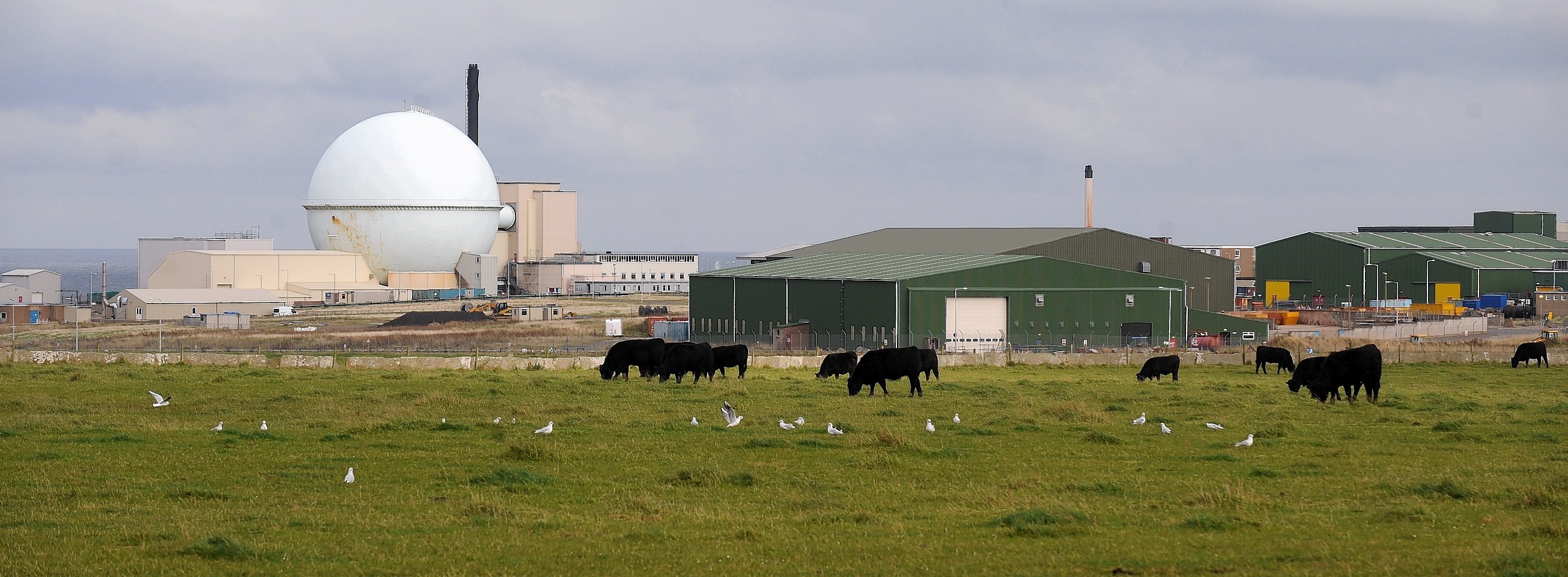More highly radioactive material than previously thought has been discovered stuck in the core of Dounreay’s famous domed reactor, its operators have revealed.
And one of the world’s leading independent nuclear experts described the admission as “astonishing” and would cost “millions” to solve.
The experimental fast breeder reactor at Dounreay led British research and development of nuclear energy during the 1950s and 60s.
Housed inside a steel sphere, it was built between 1955 and 1958 and was the first fast reactor in the world to provide electricity to a national grid in 1962.
It closed down in 1977 and Dounreay is currently being decommissioned at a cost of £1.6bn.
Site operators DSRL confirmed that last year a specialist camera was sent into the reactor to survey the state of the remaining breeder fuel and made a startling discovery.
A spokeswoman said: “The camera showed that a larger proportion of the remaining fuel was stuck than had been believed. It does not mean more fuel has been discovered but more of it has been stuck in the core than previously thought.
“The time and cost will form part of the reprofiling of the decommissioning programme.”
She was unable to give any estimate of the cost of the operation but it is hoped that a revised plan will be revealed in November.
But renowned independent nuclear expert Dr John Large, who oversaw the salvage of the Russian submarine Kursk, said: “It will cost millions but what I find astonishing is that they didn’t know they had left so much of highly radioactive material in the core.
“If this material – which will be 93% uranium – has fused, in other words ‘melted’ – inside the core it will be a major problem to get it out. It is quite alarming that this material was left when it was defuelled decades ago.”
